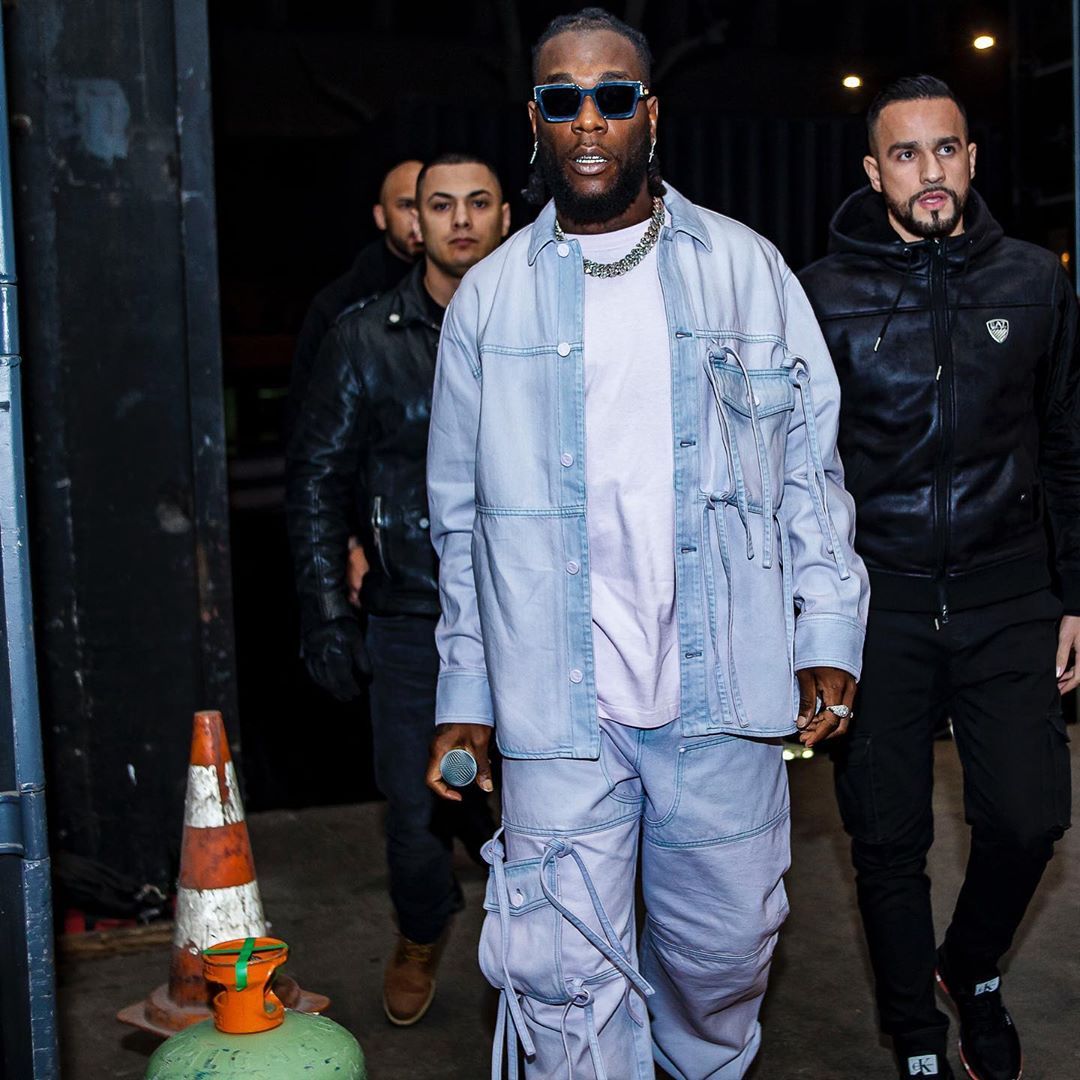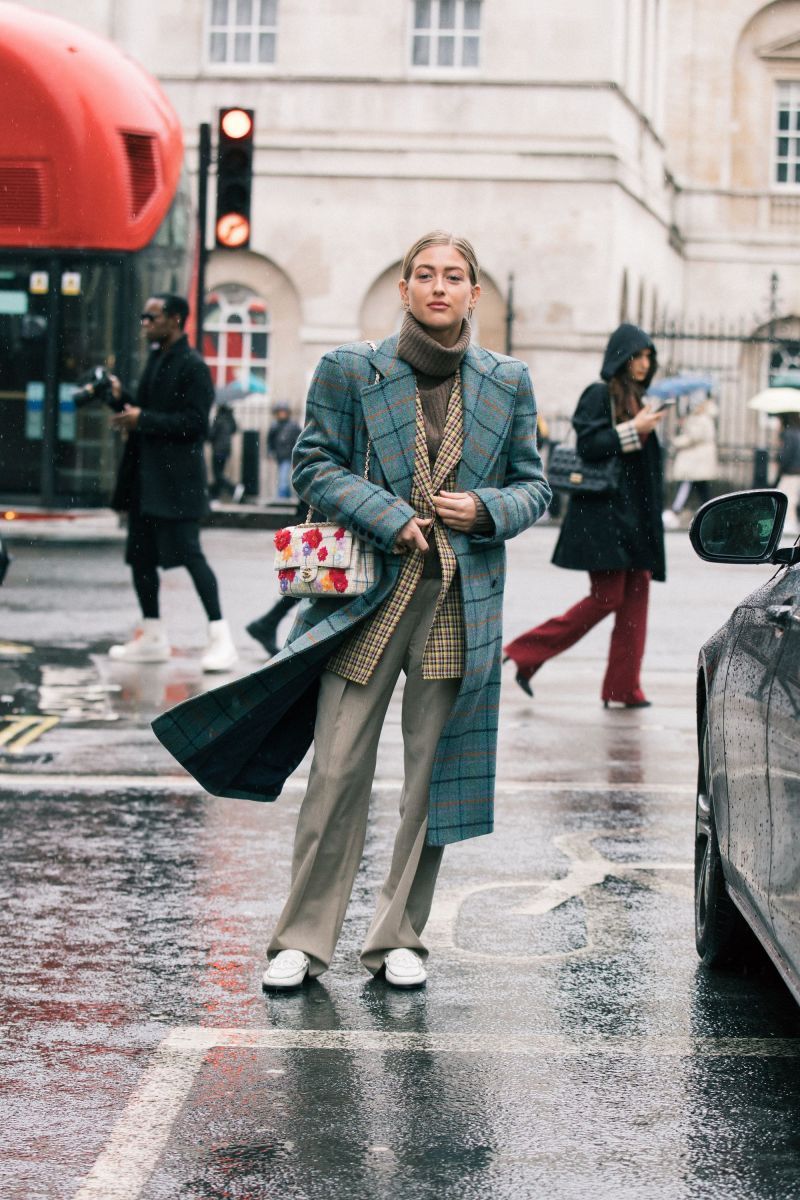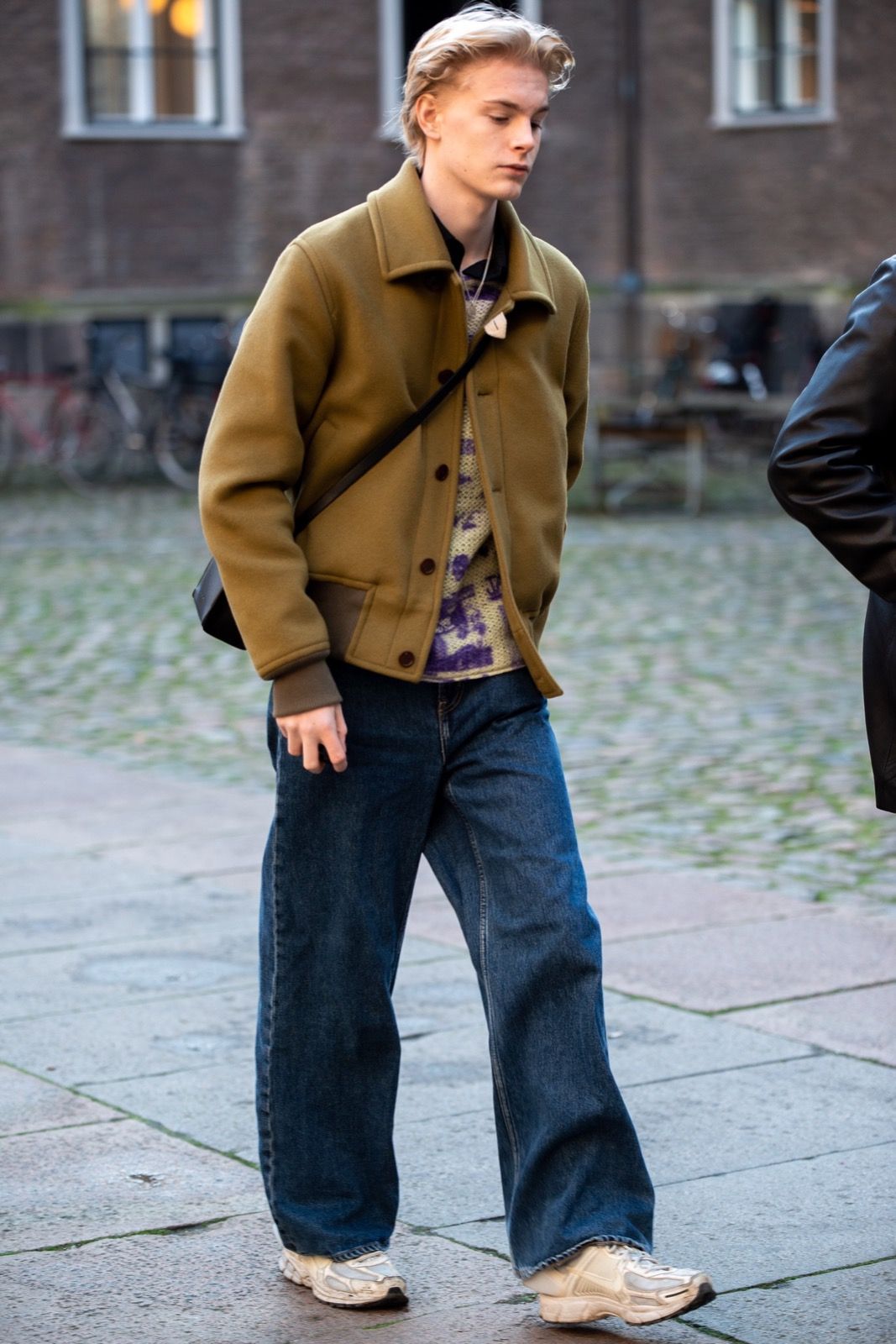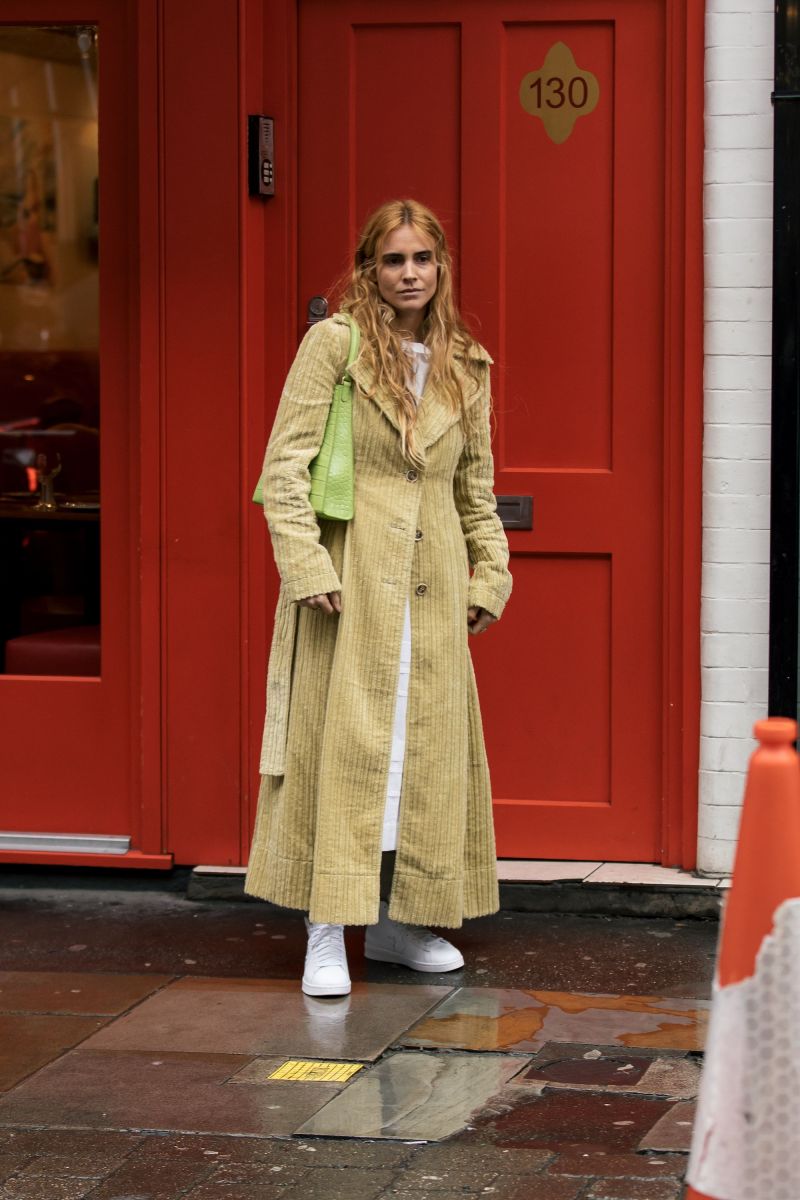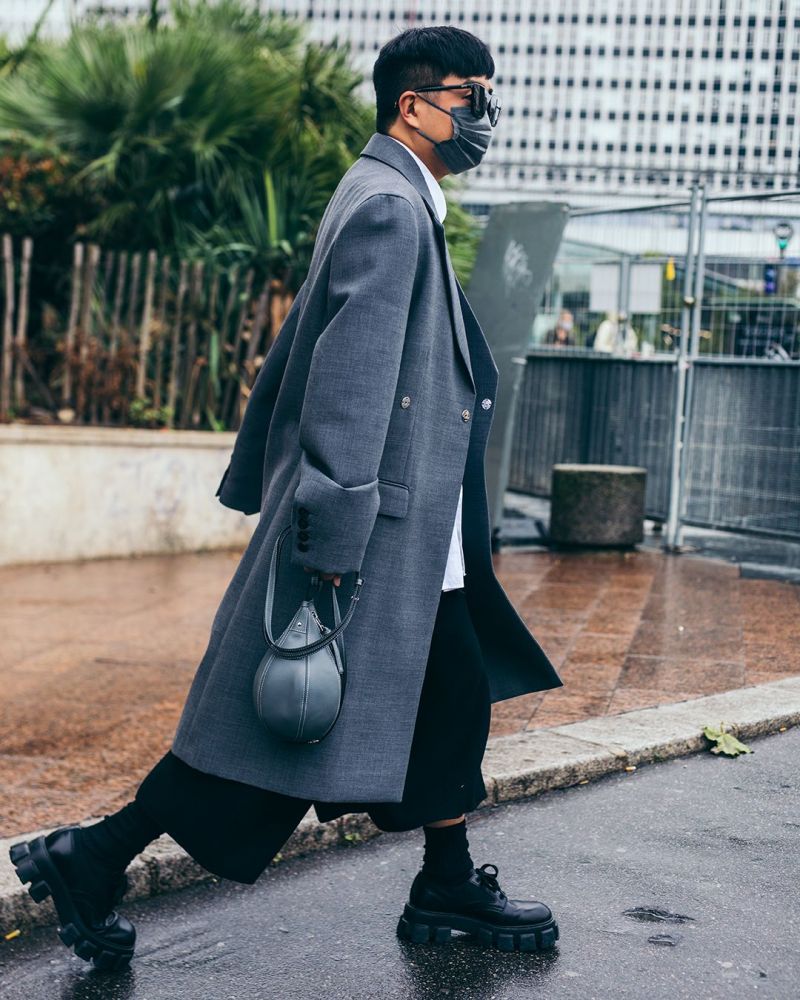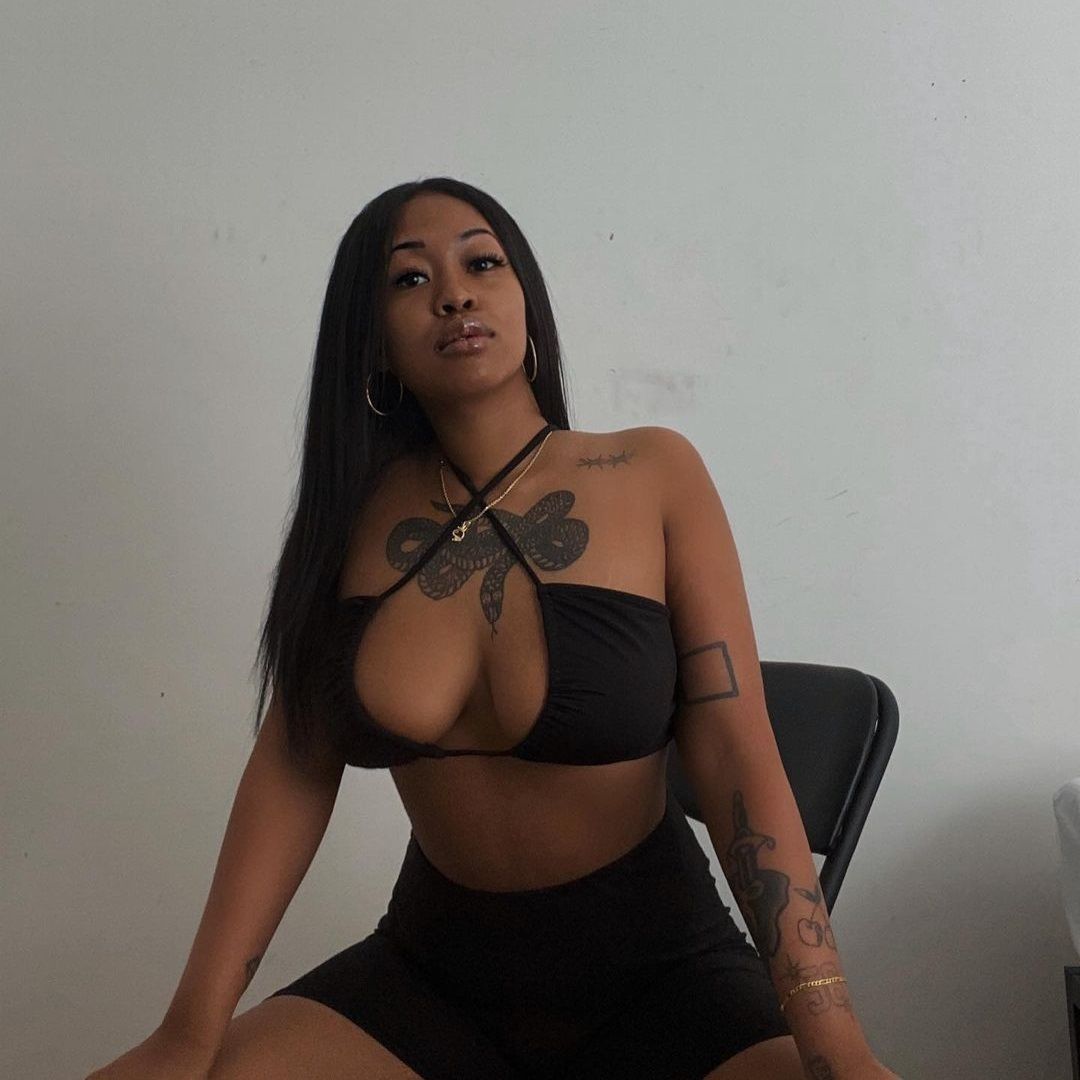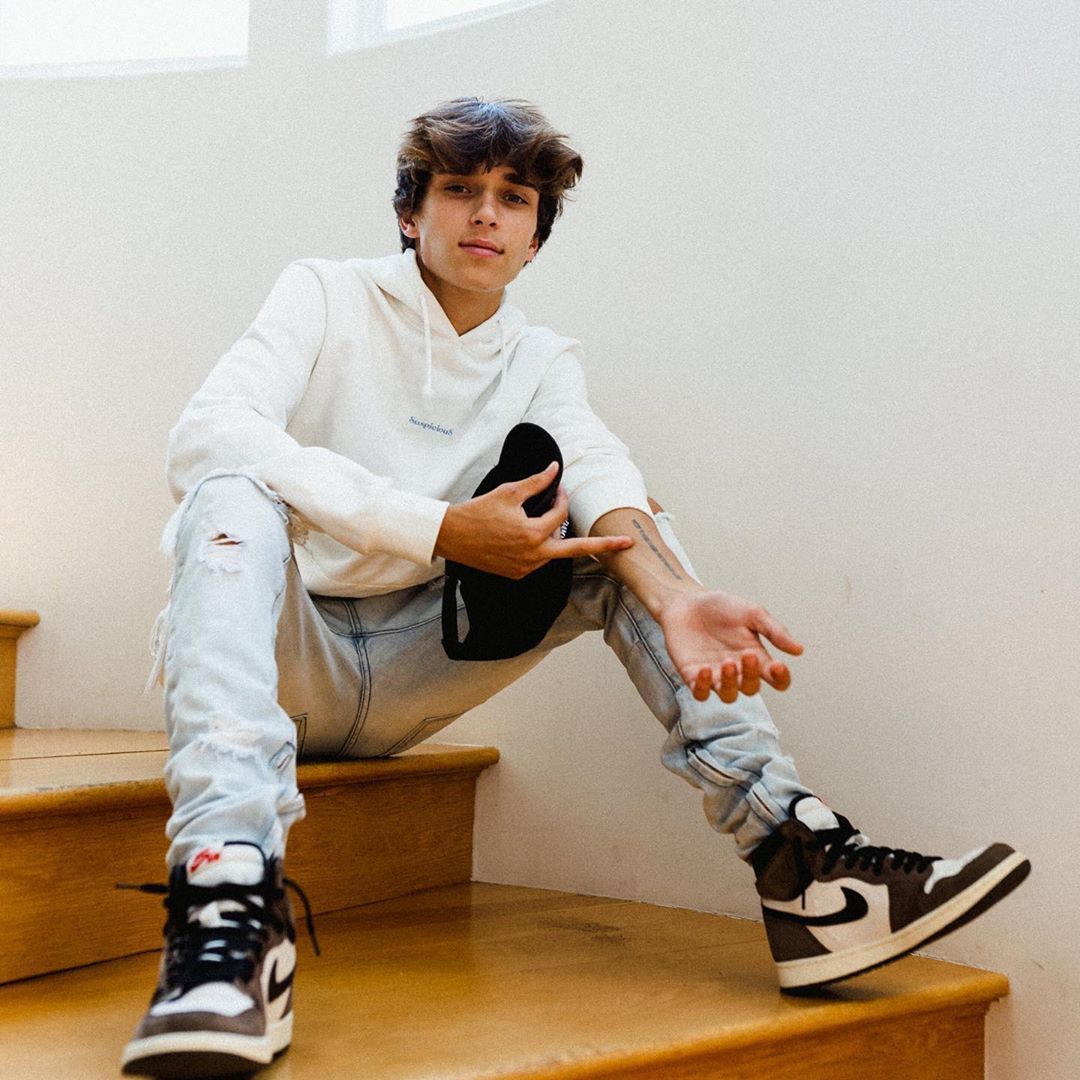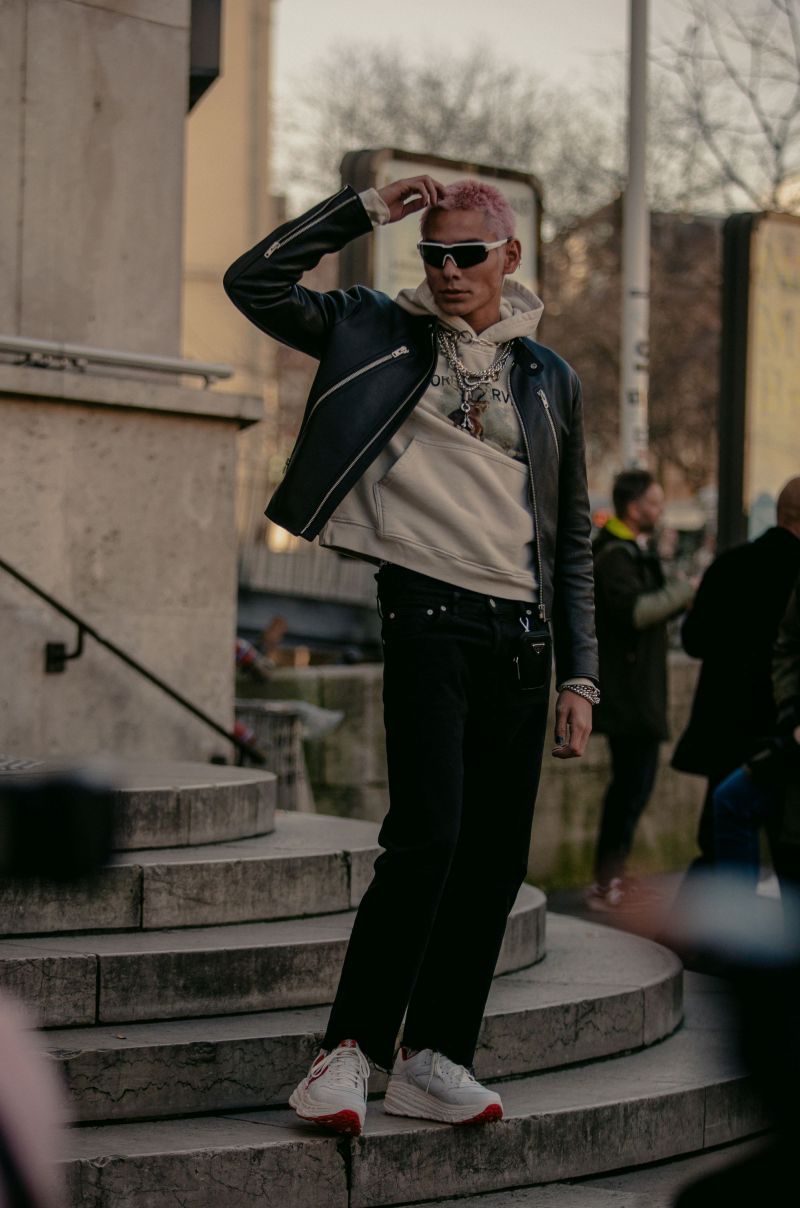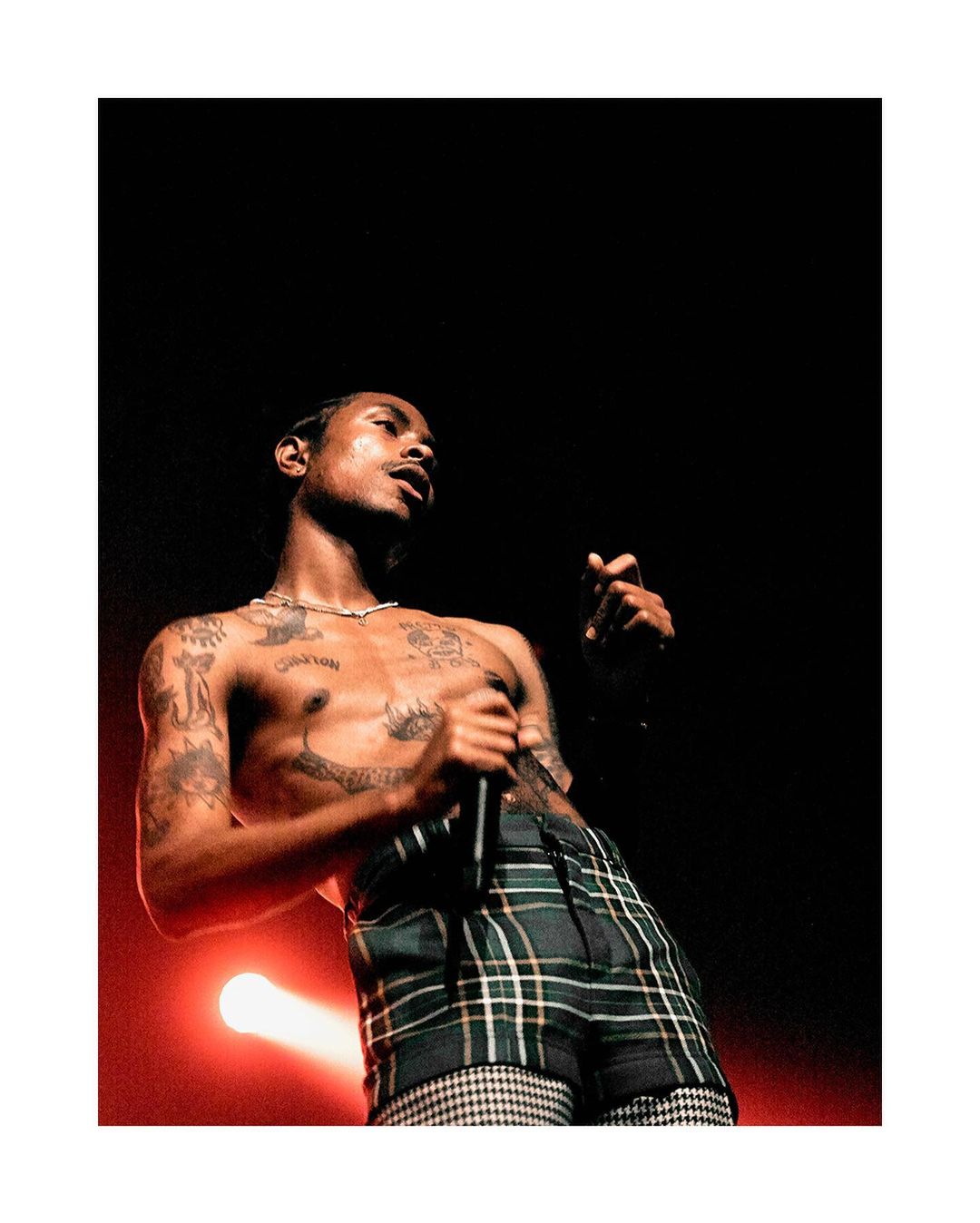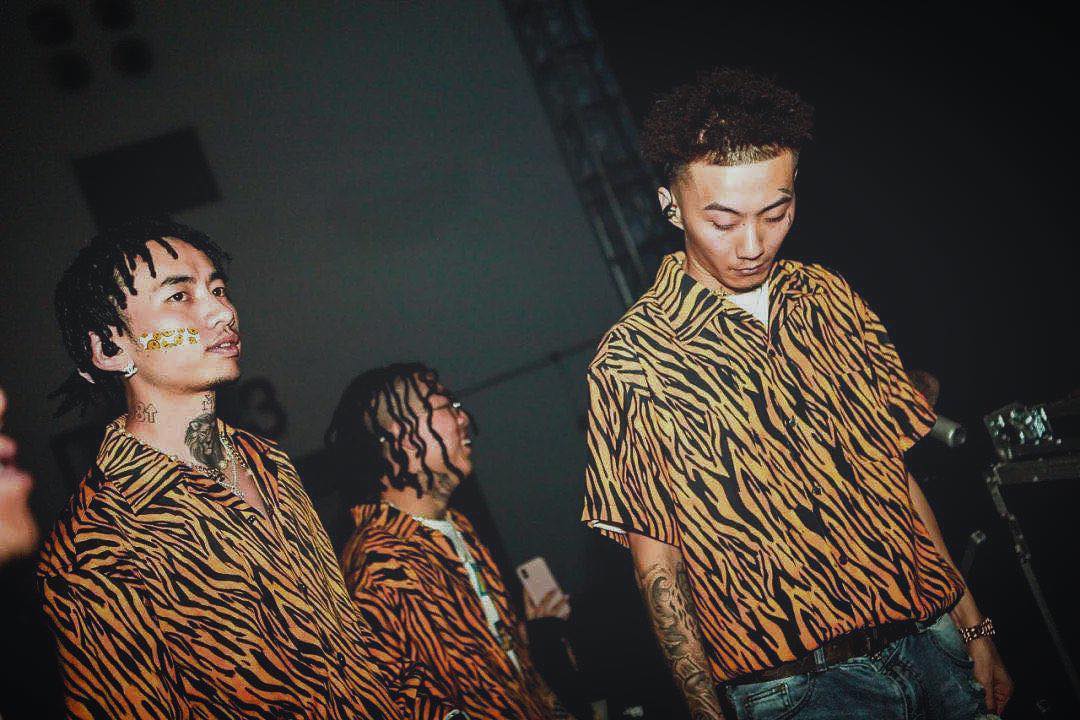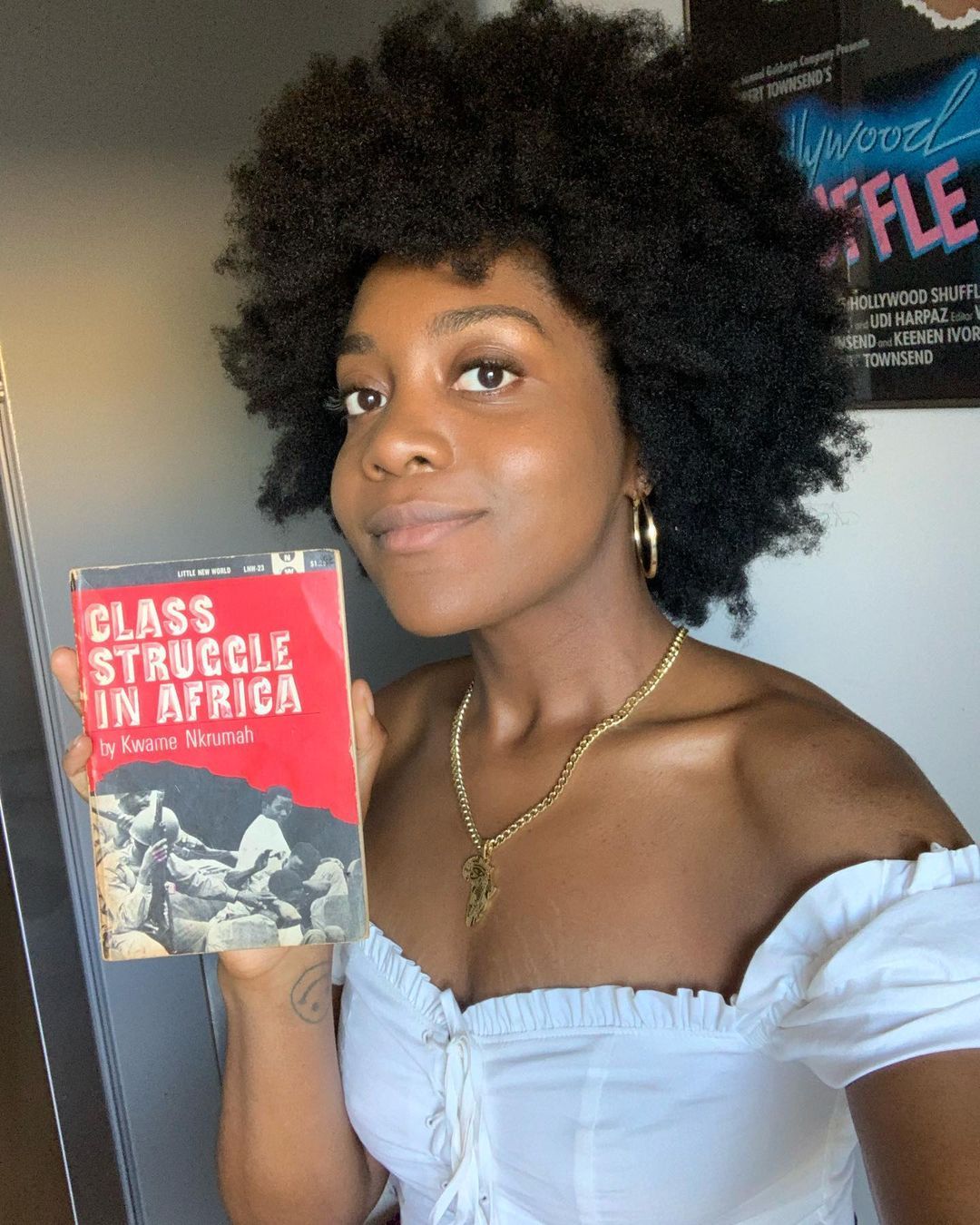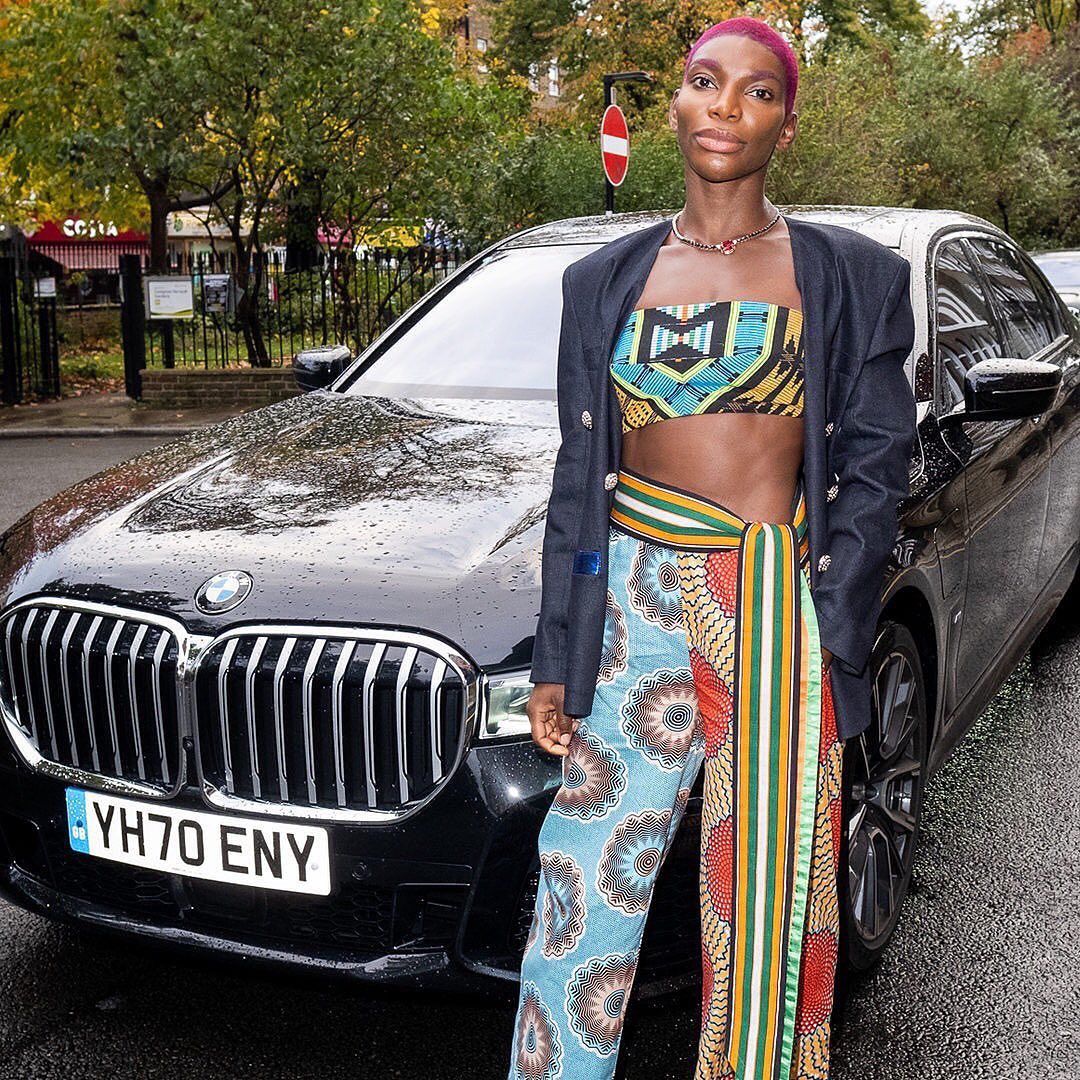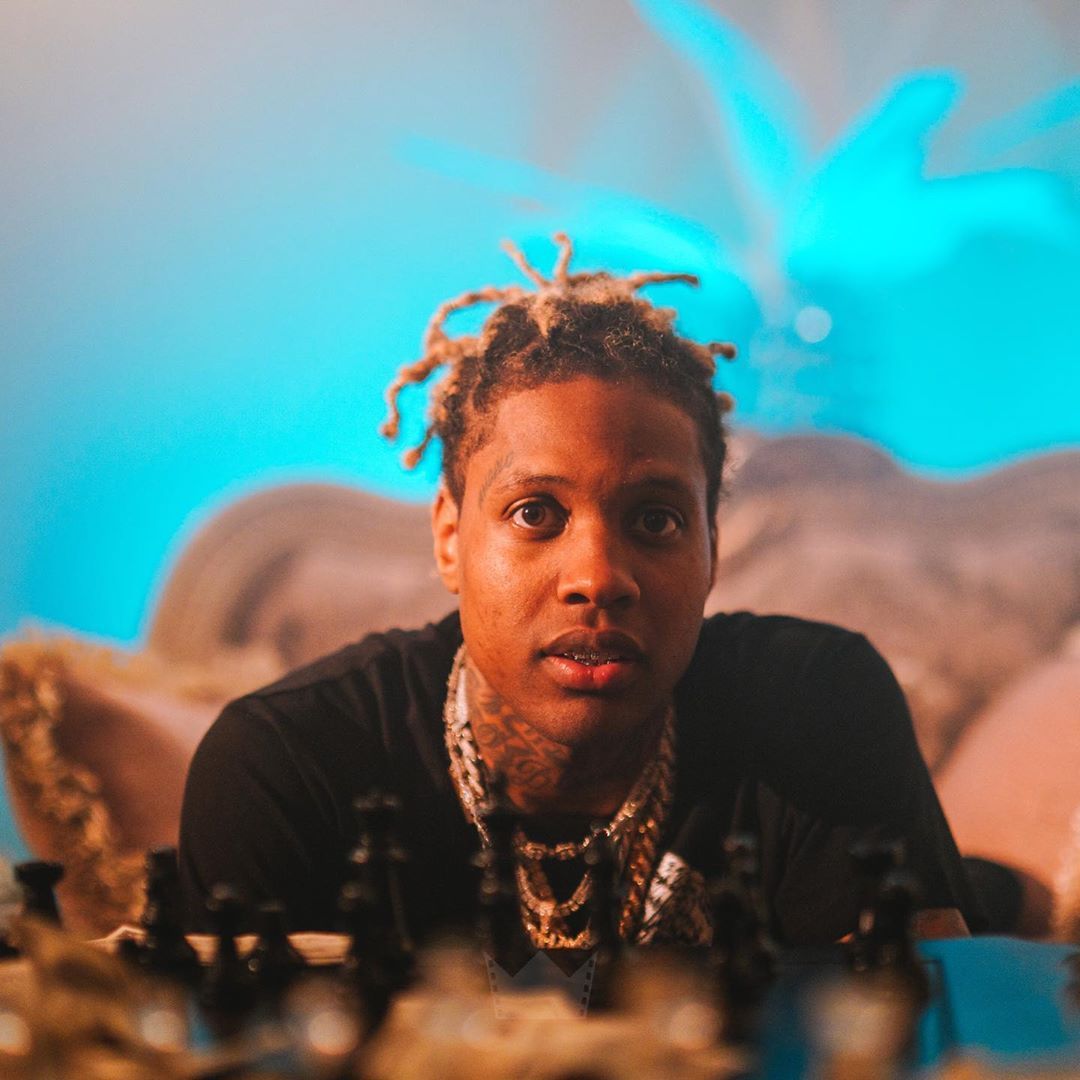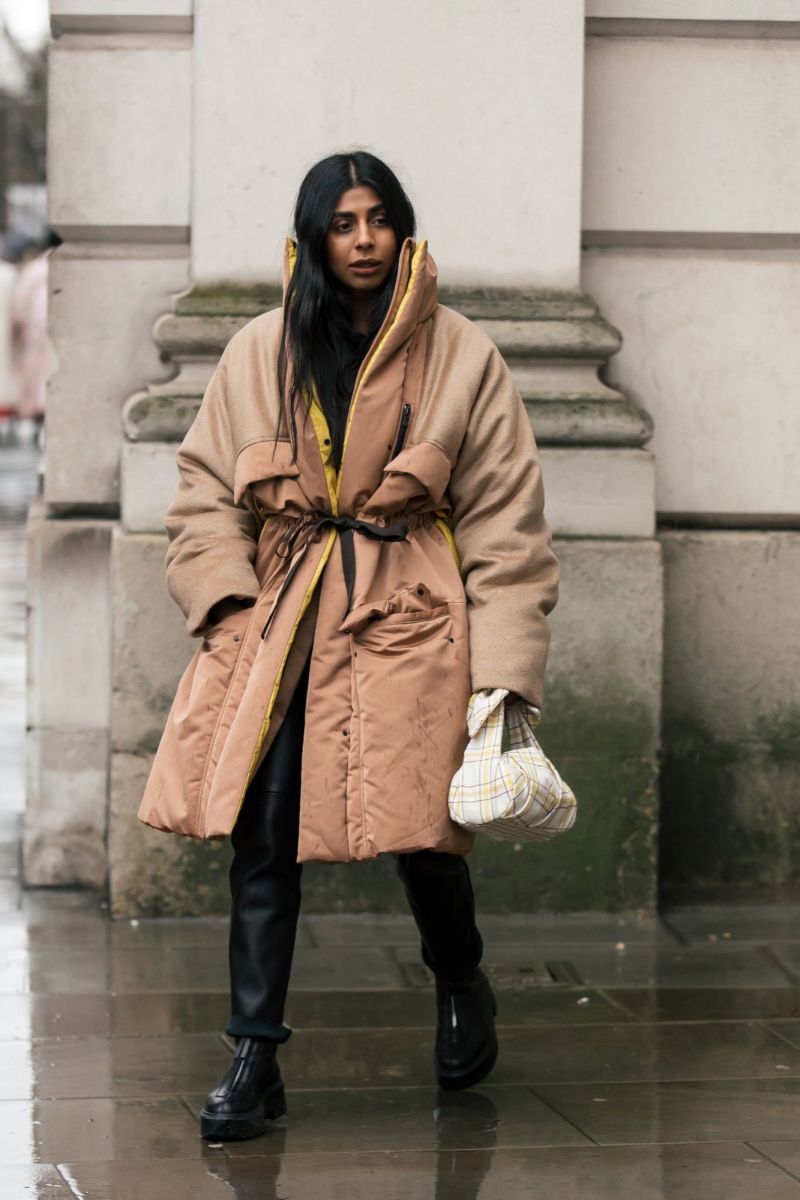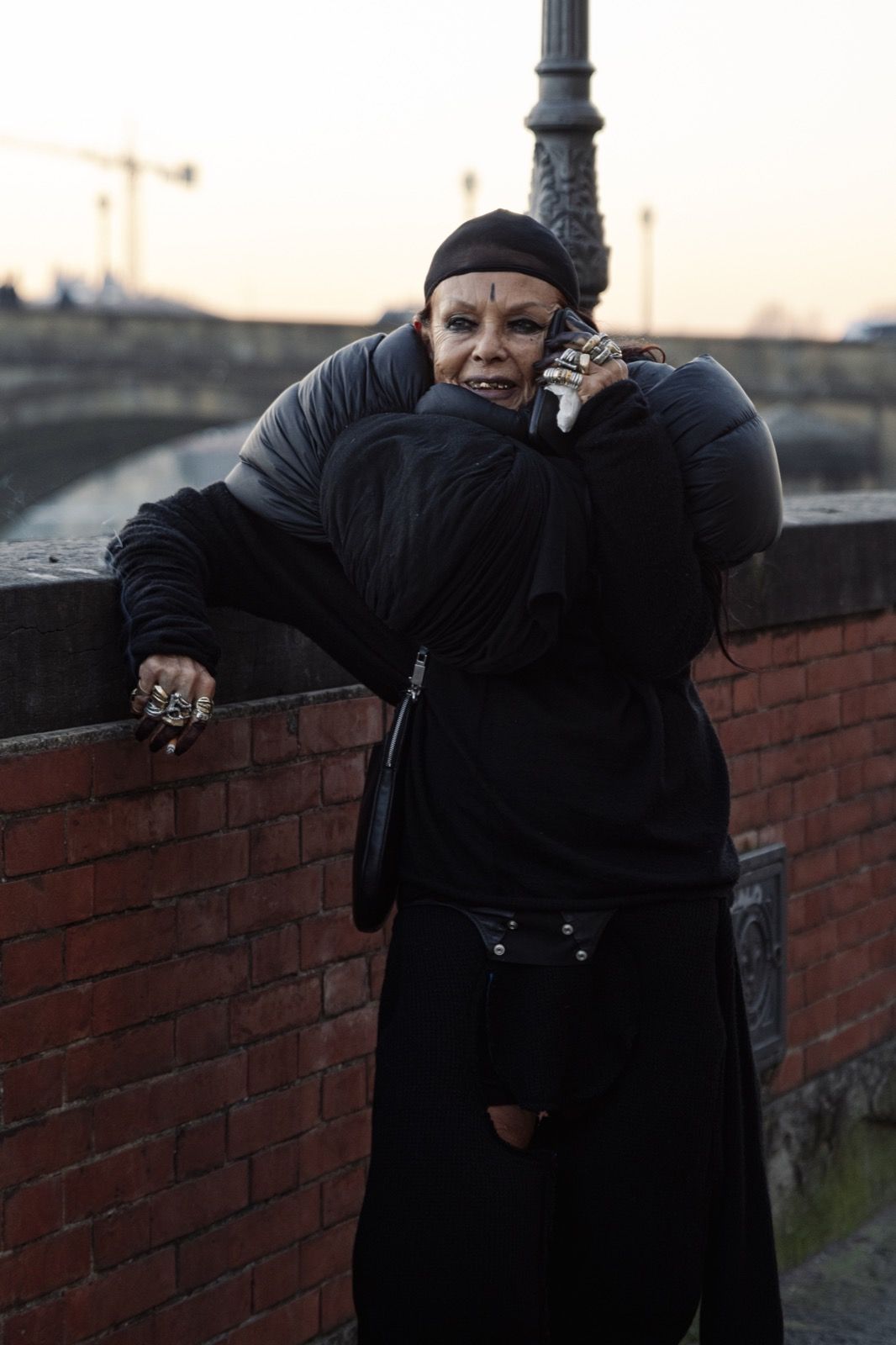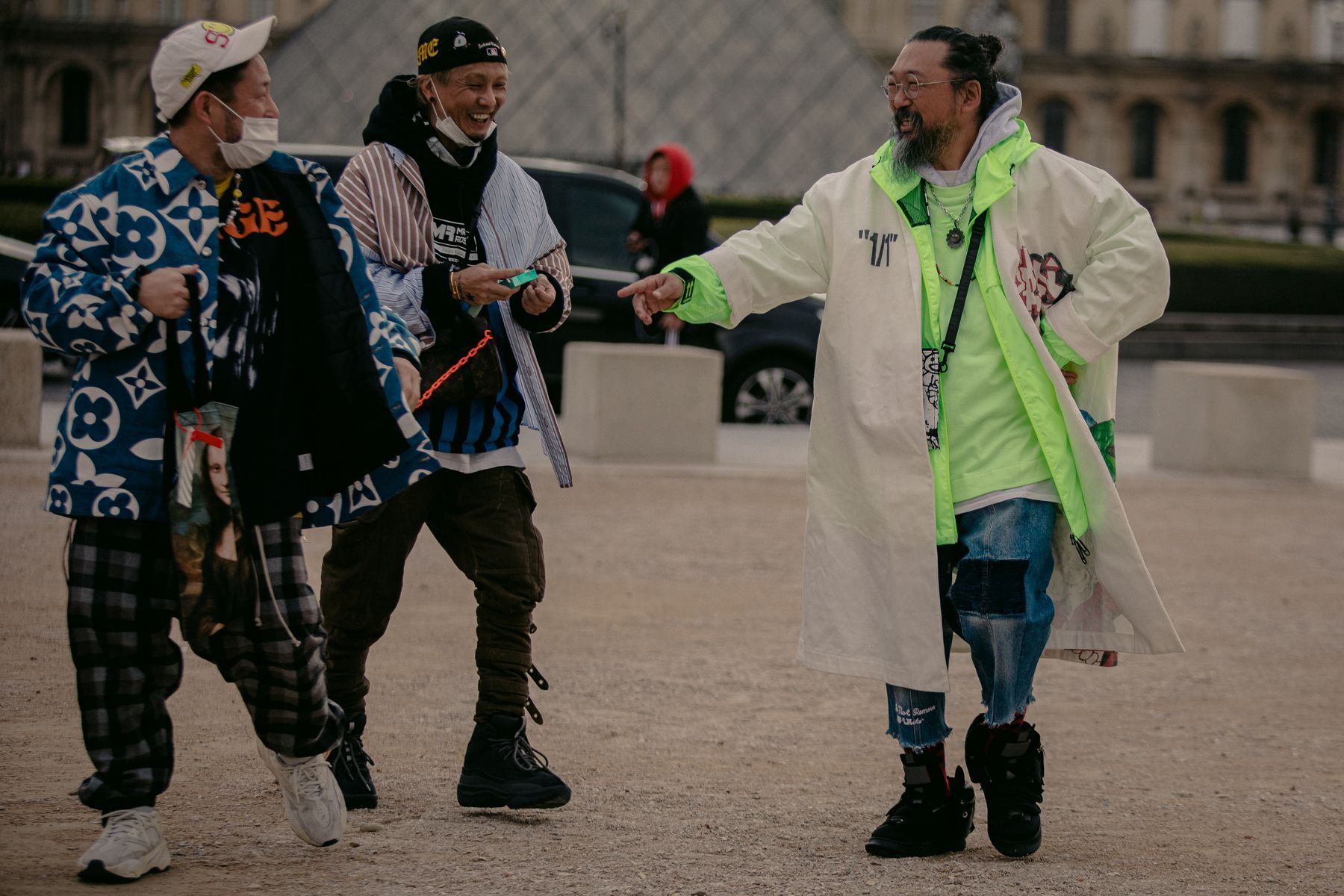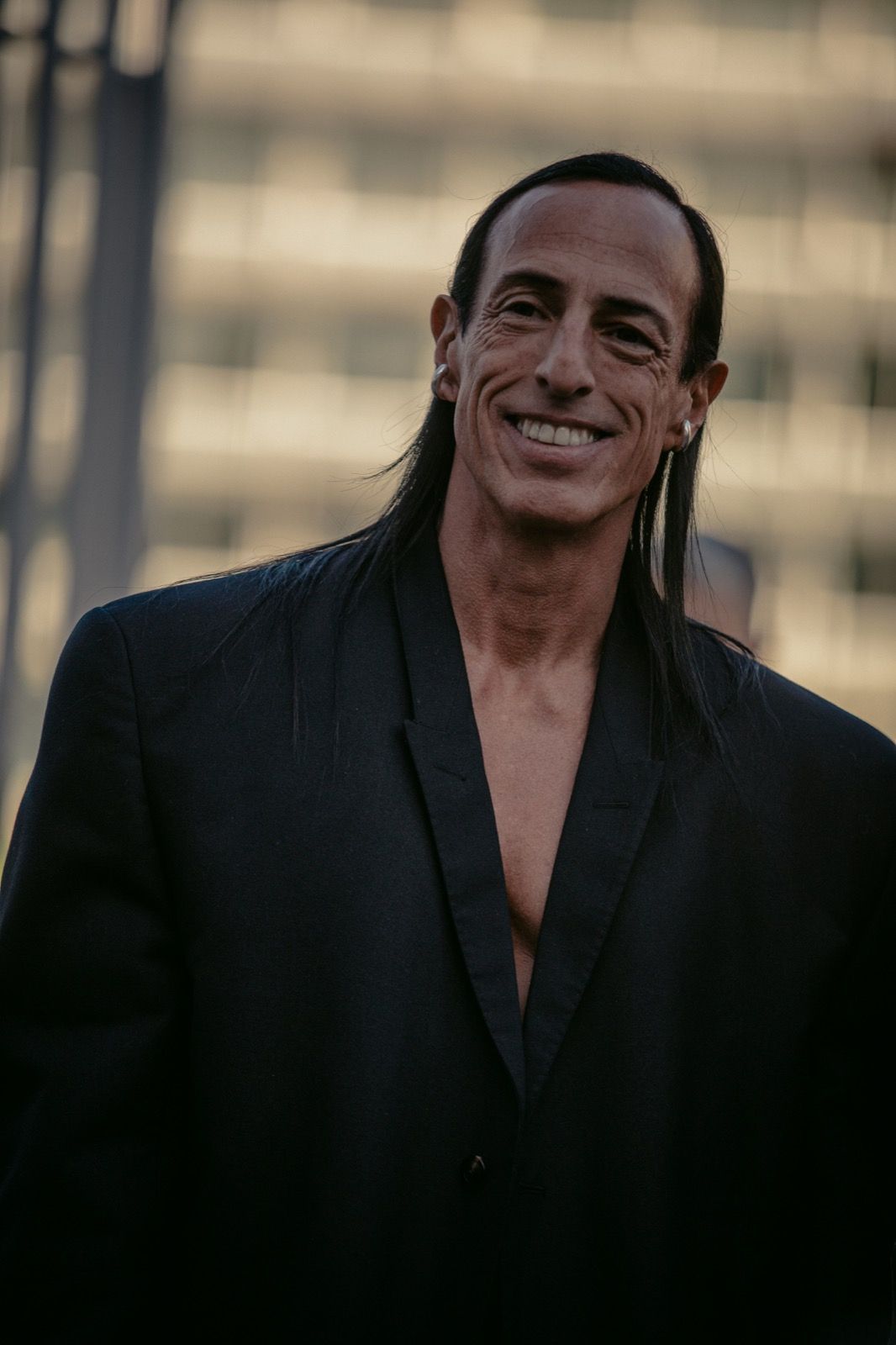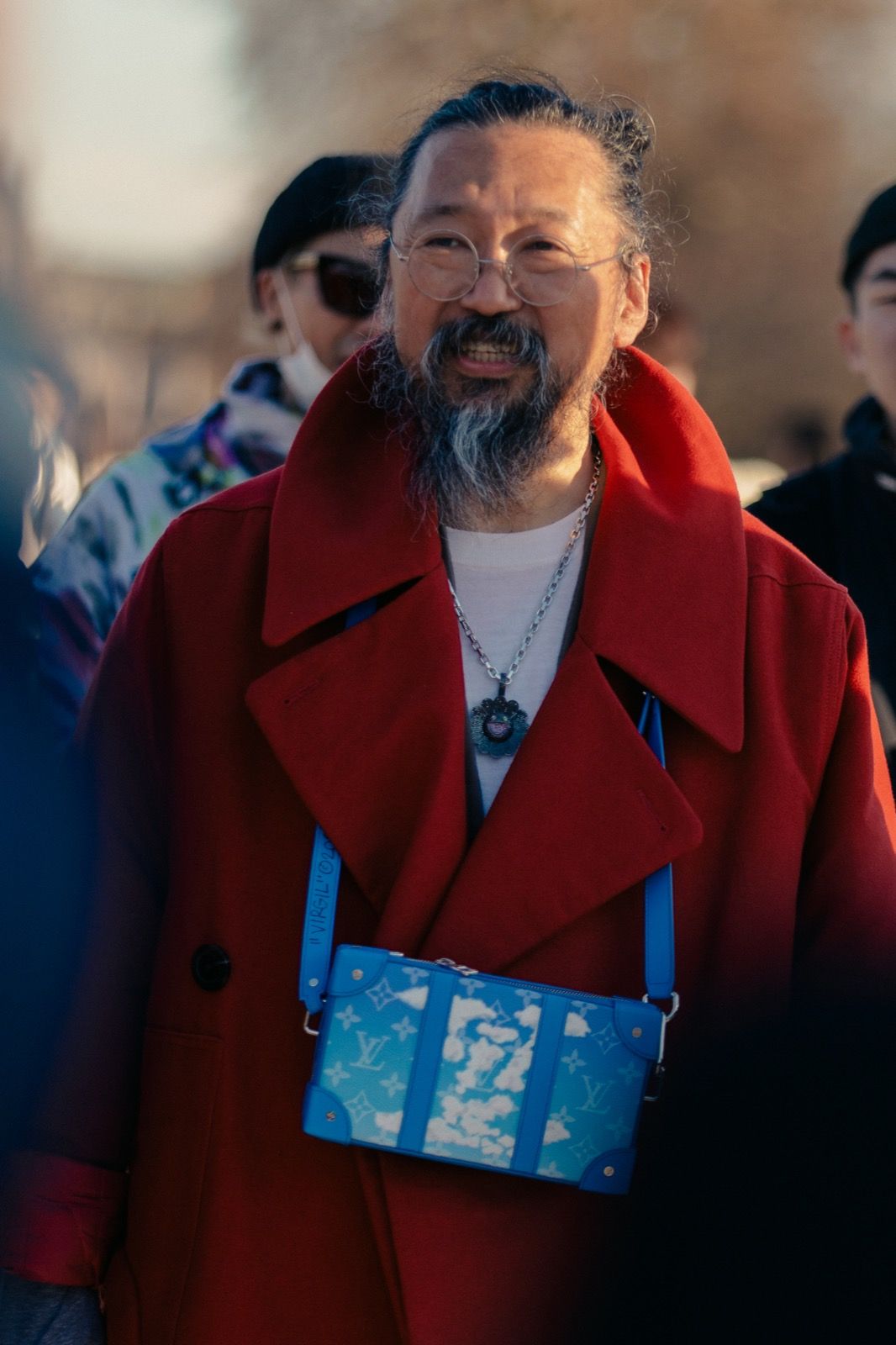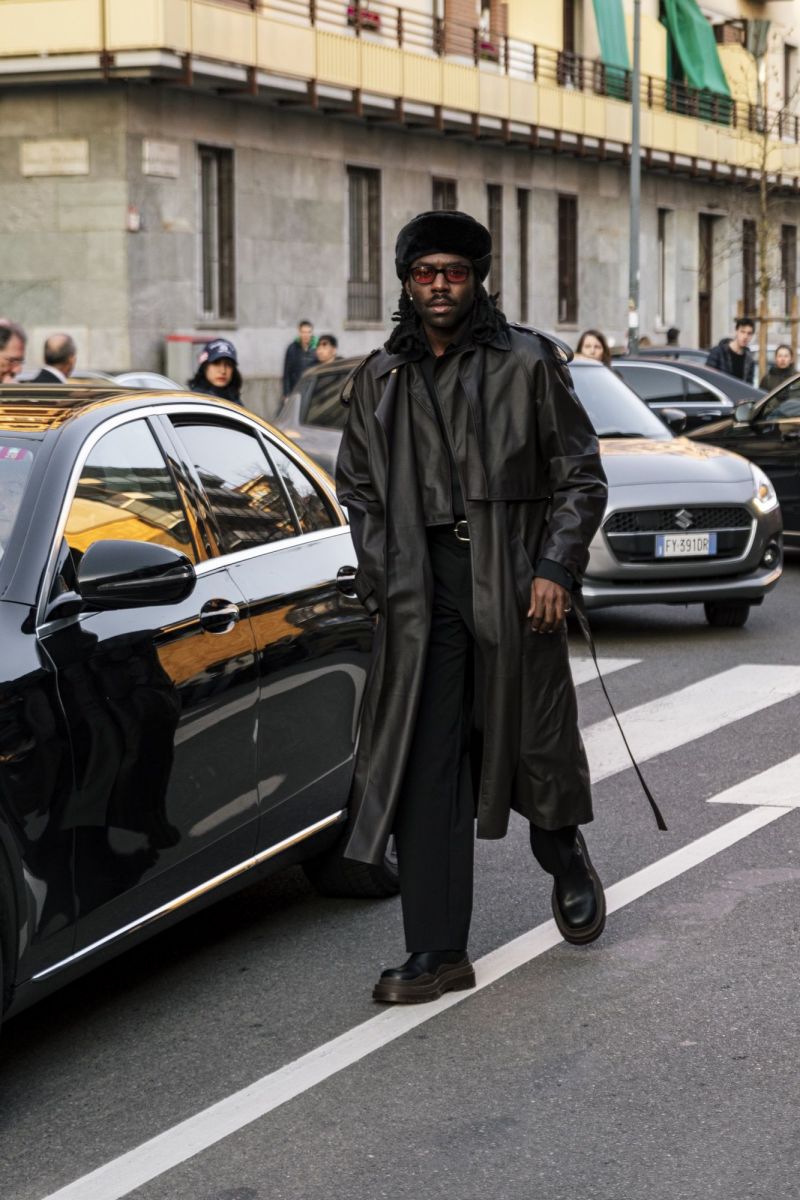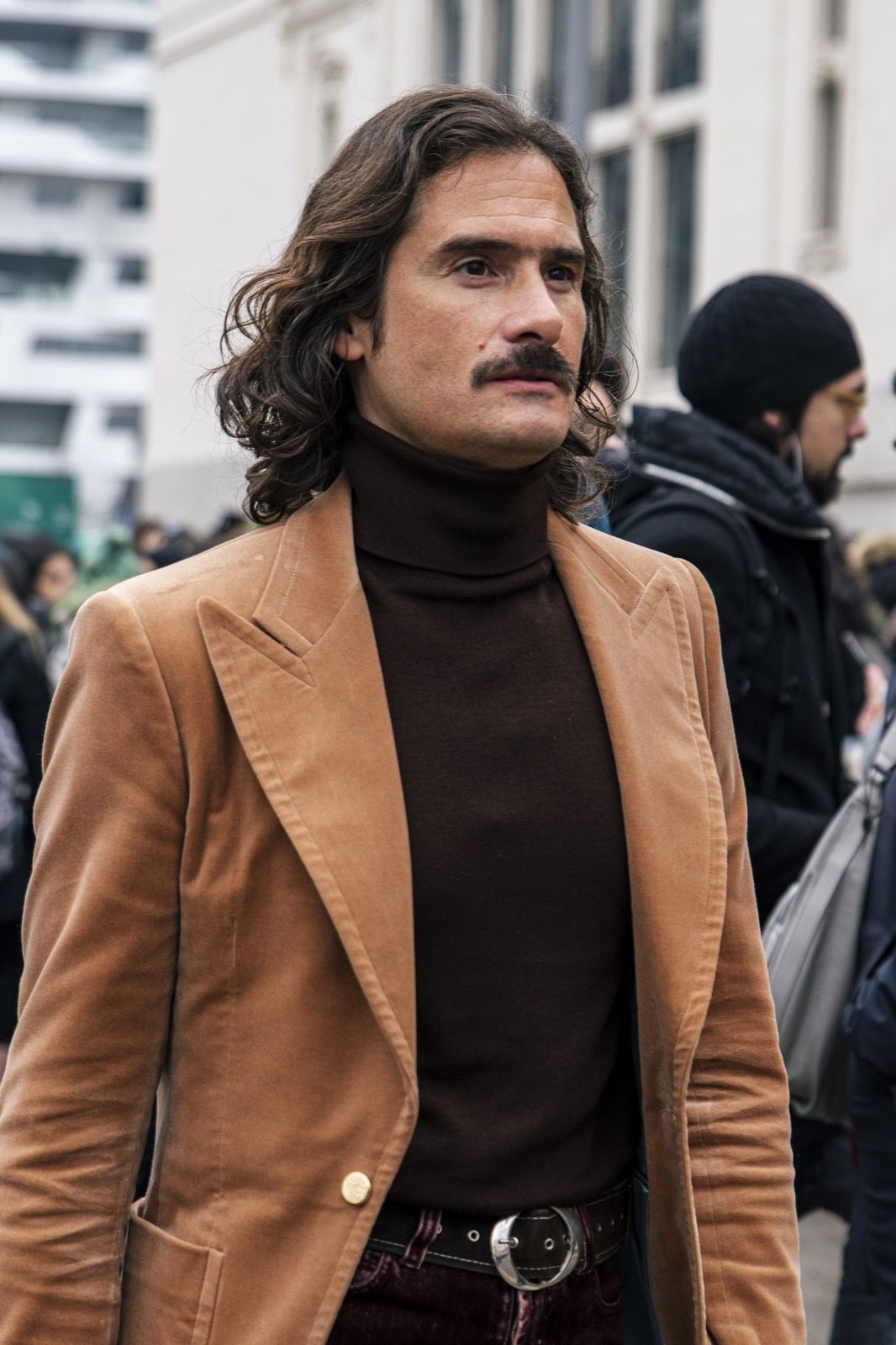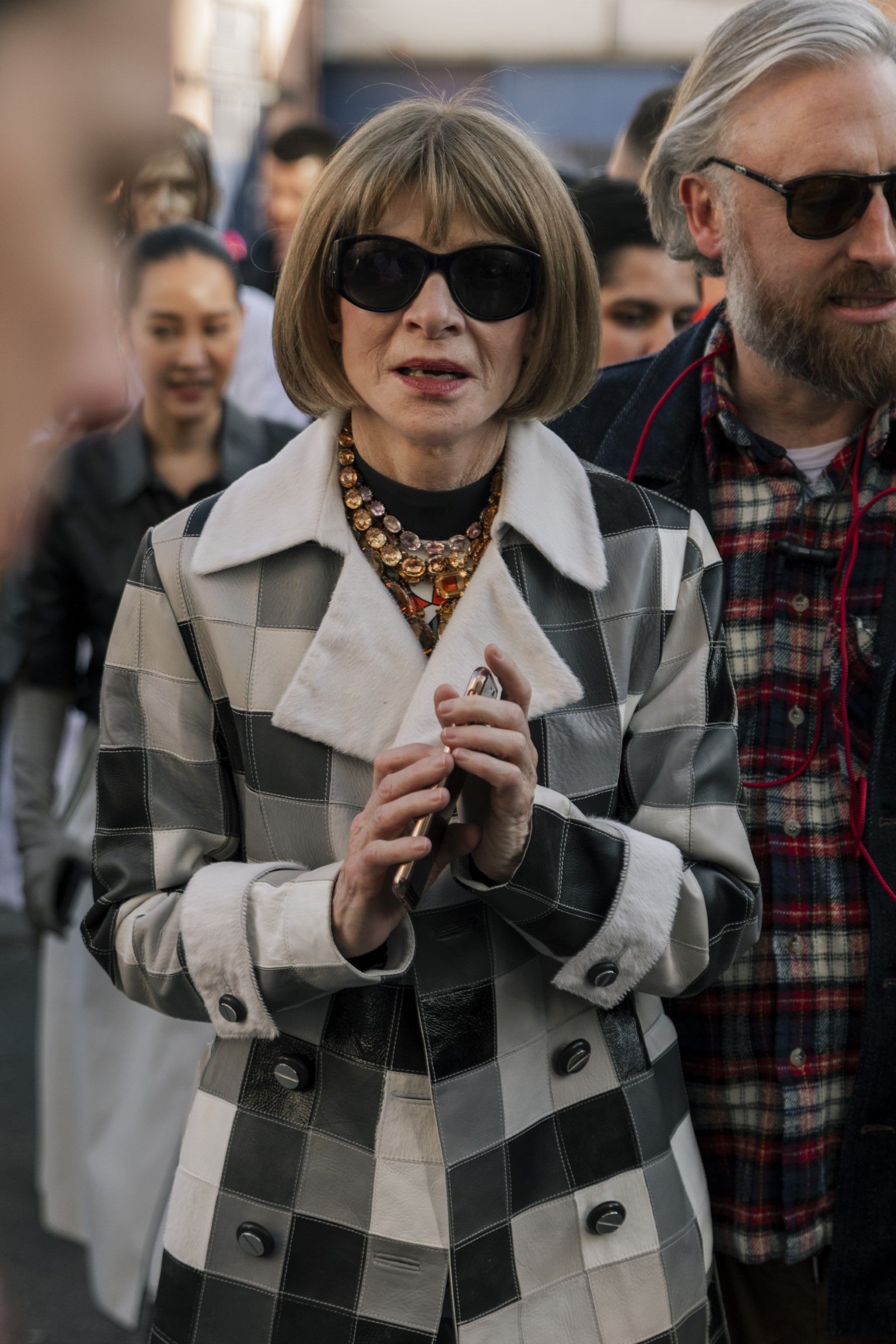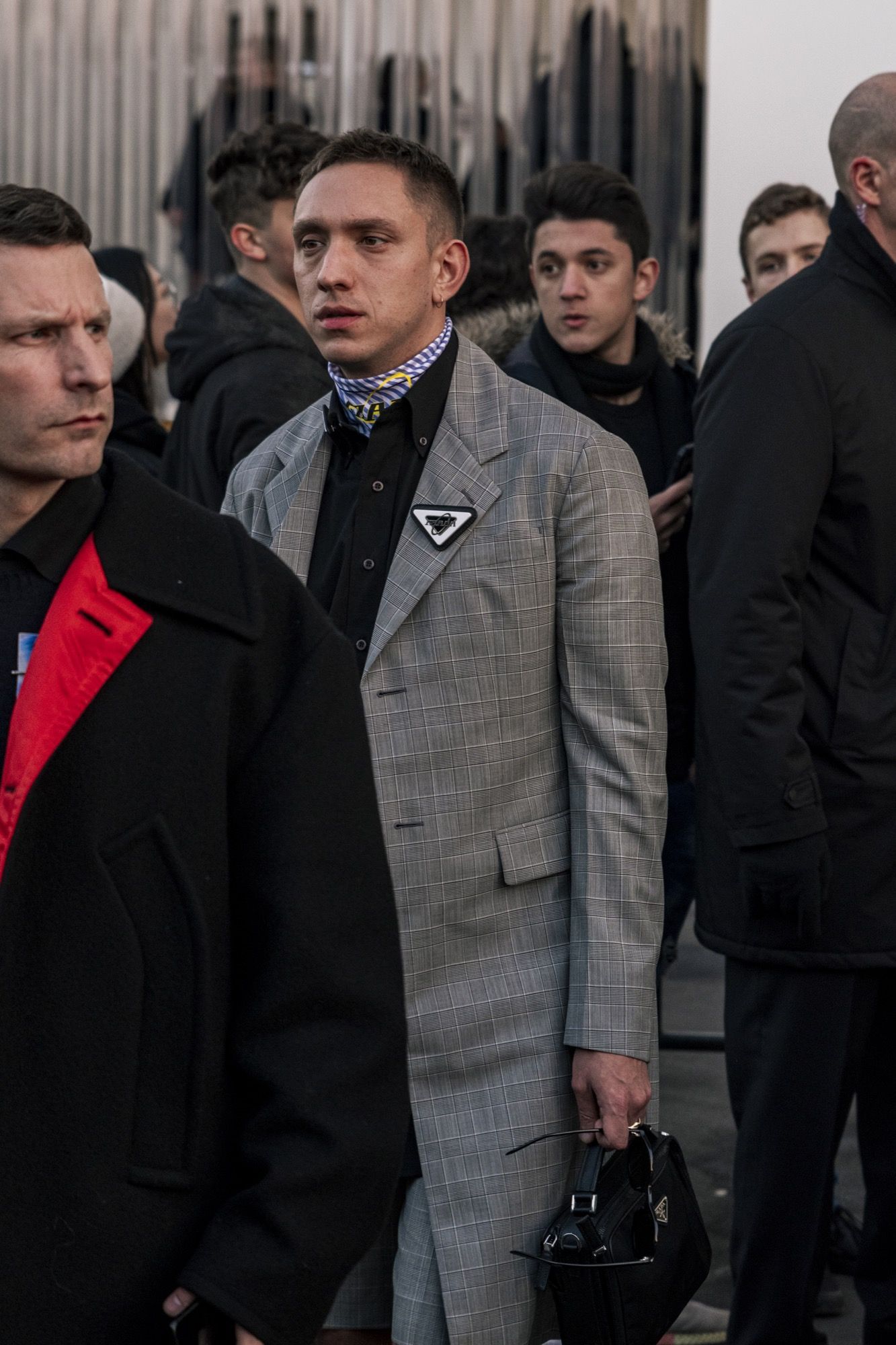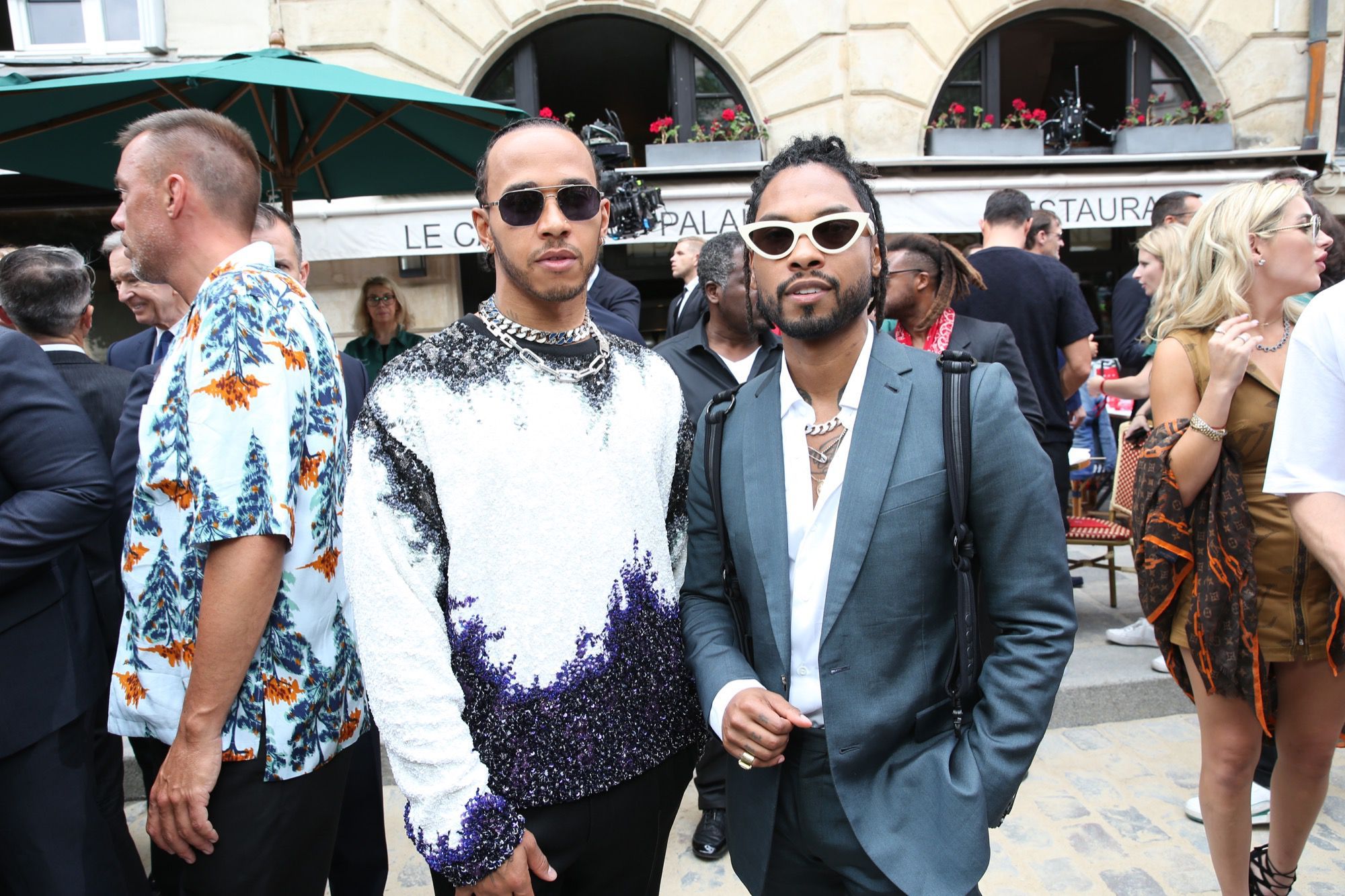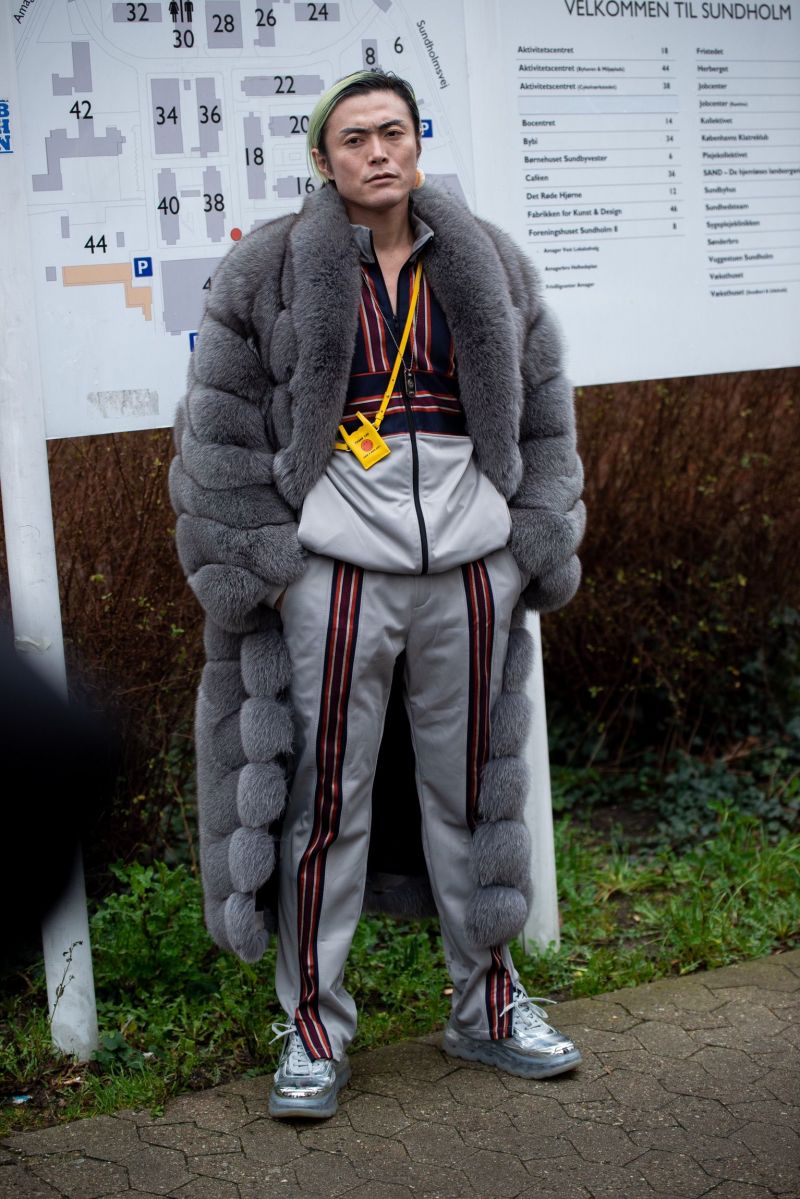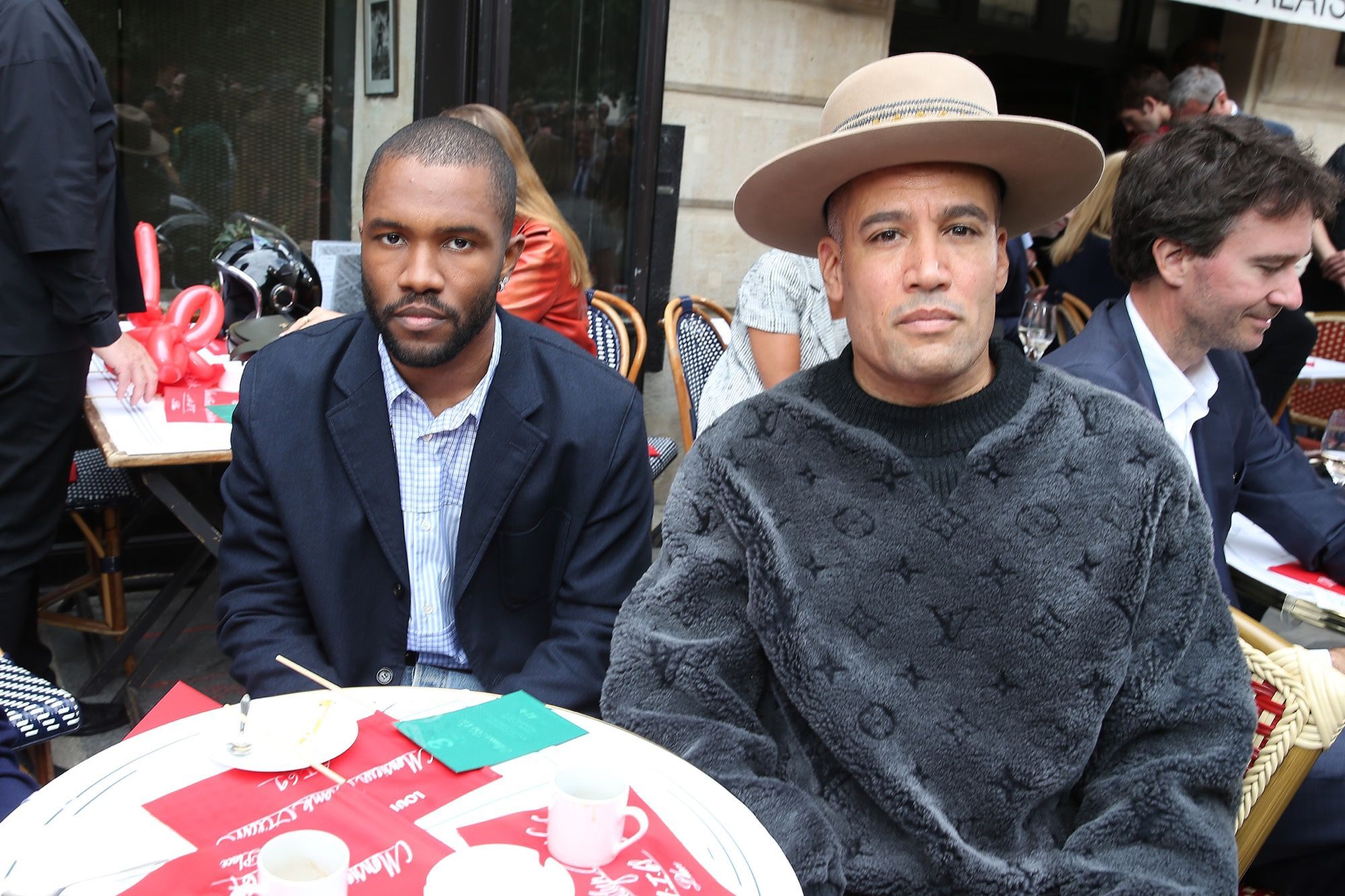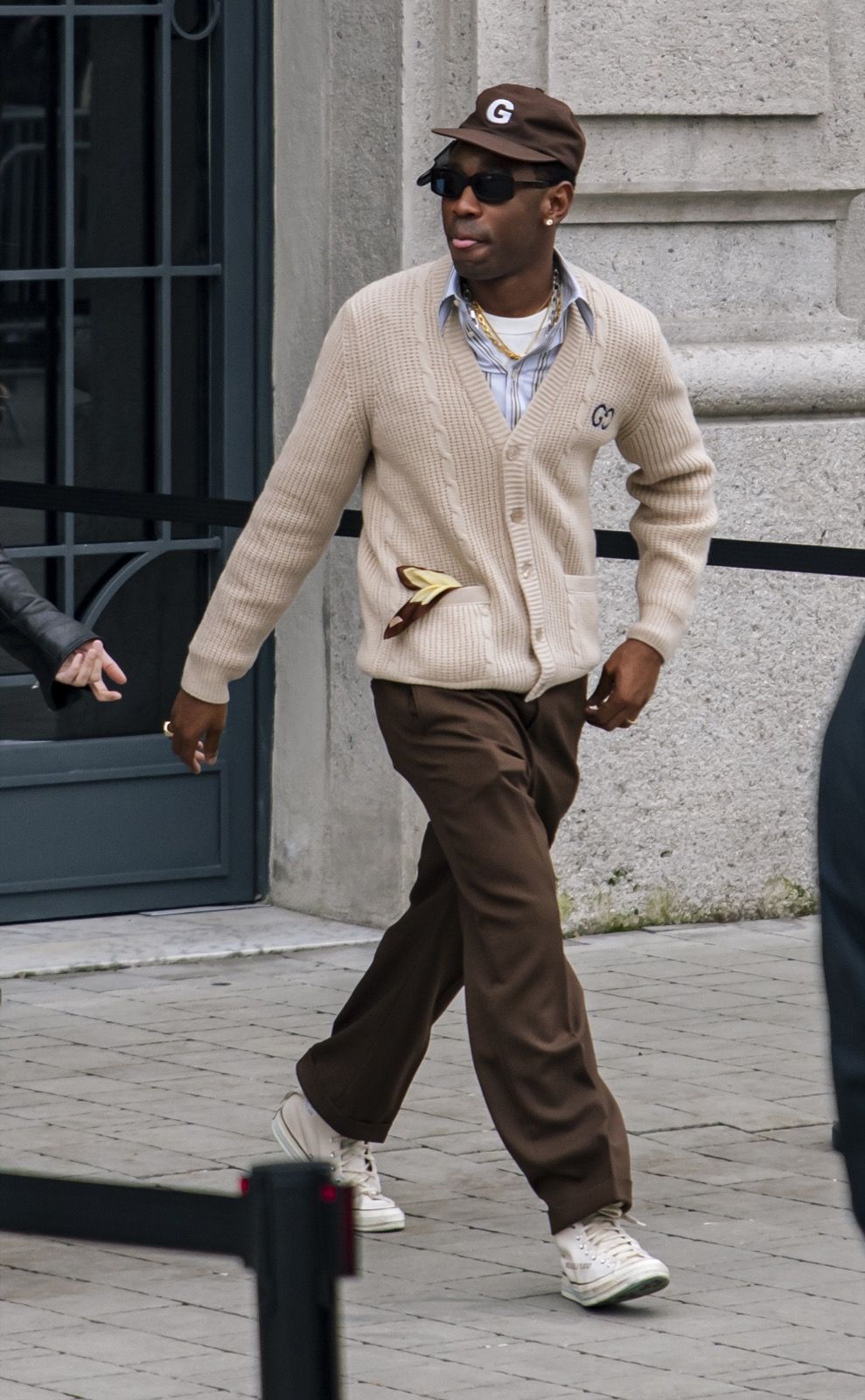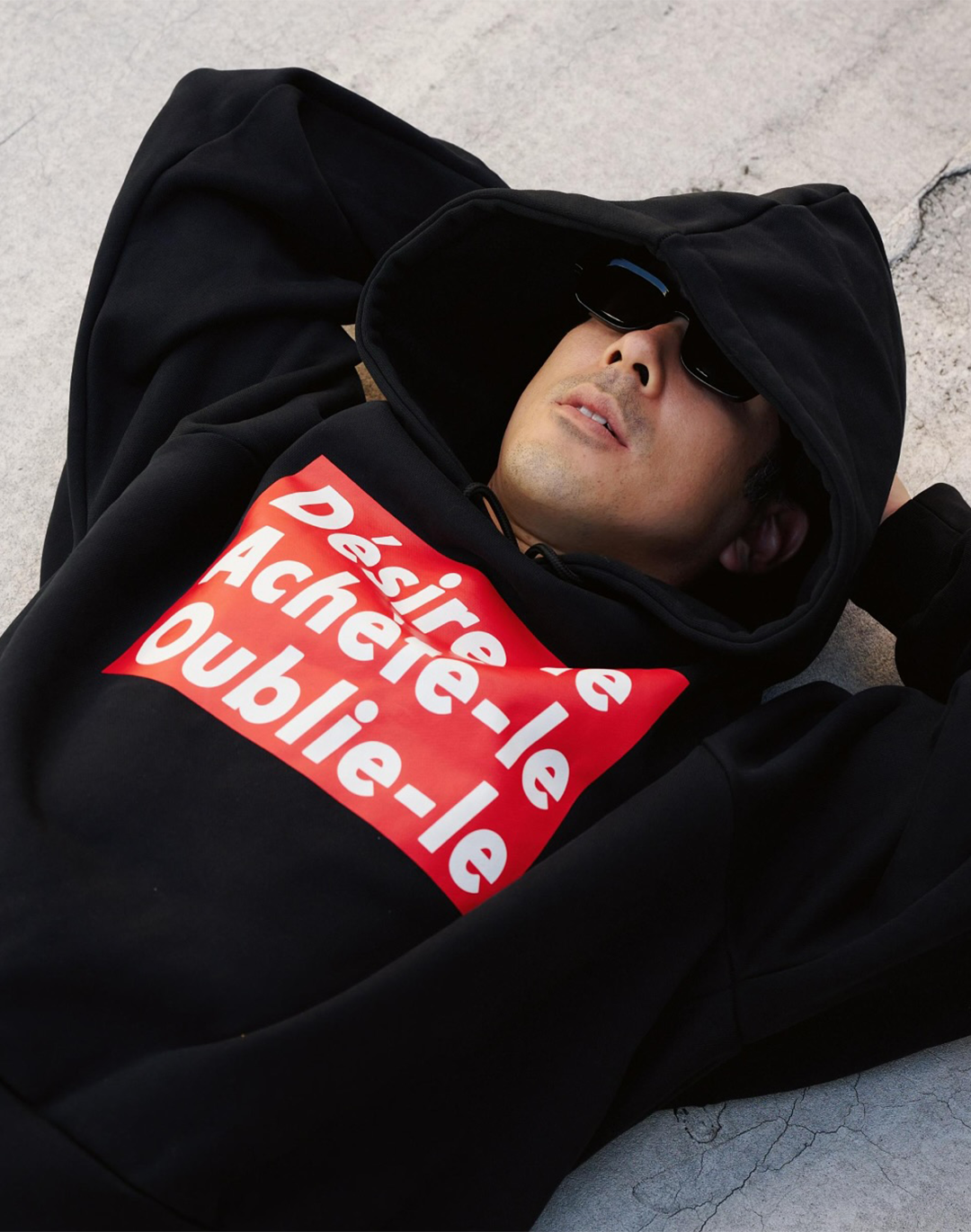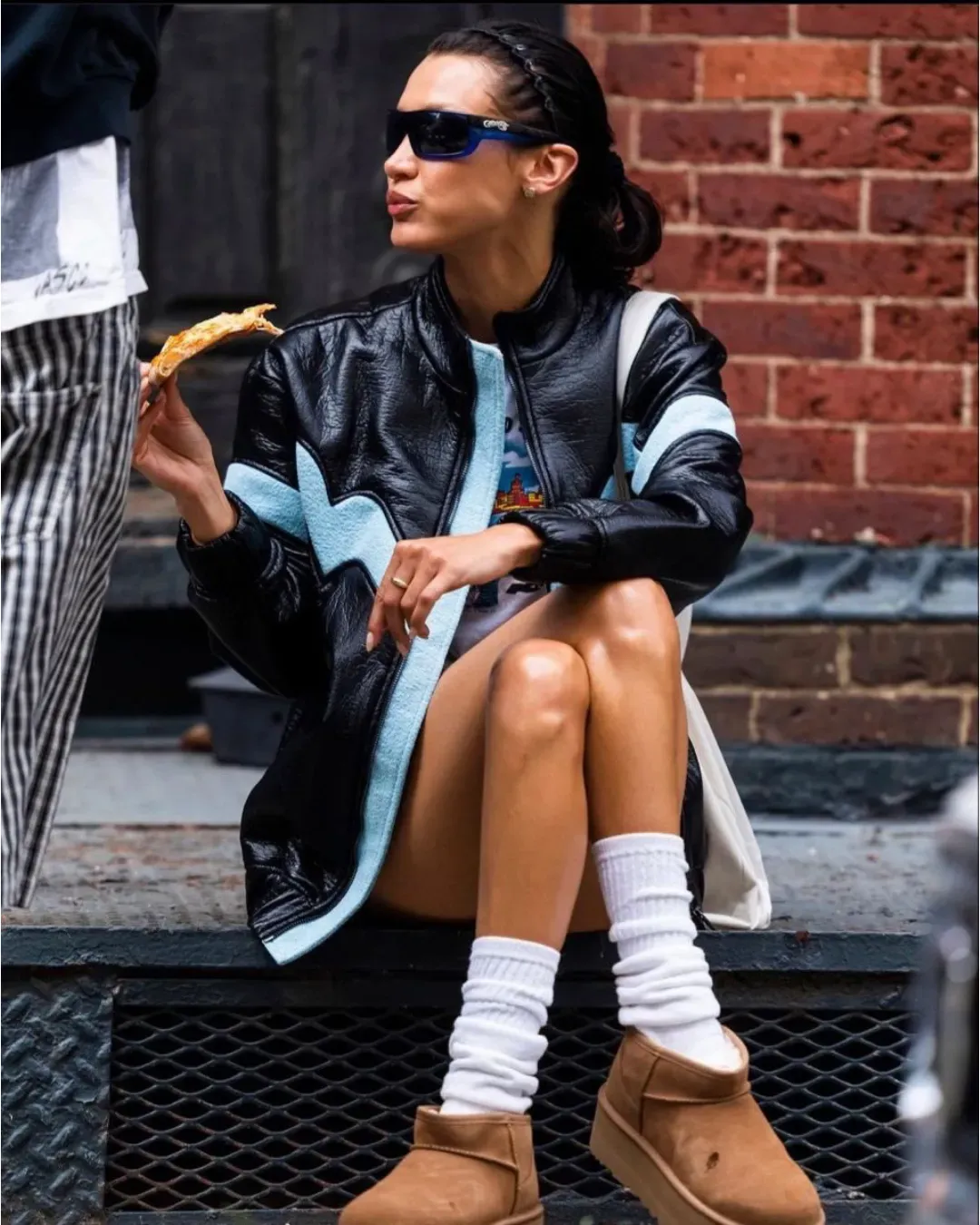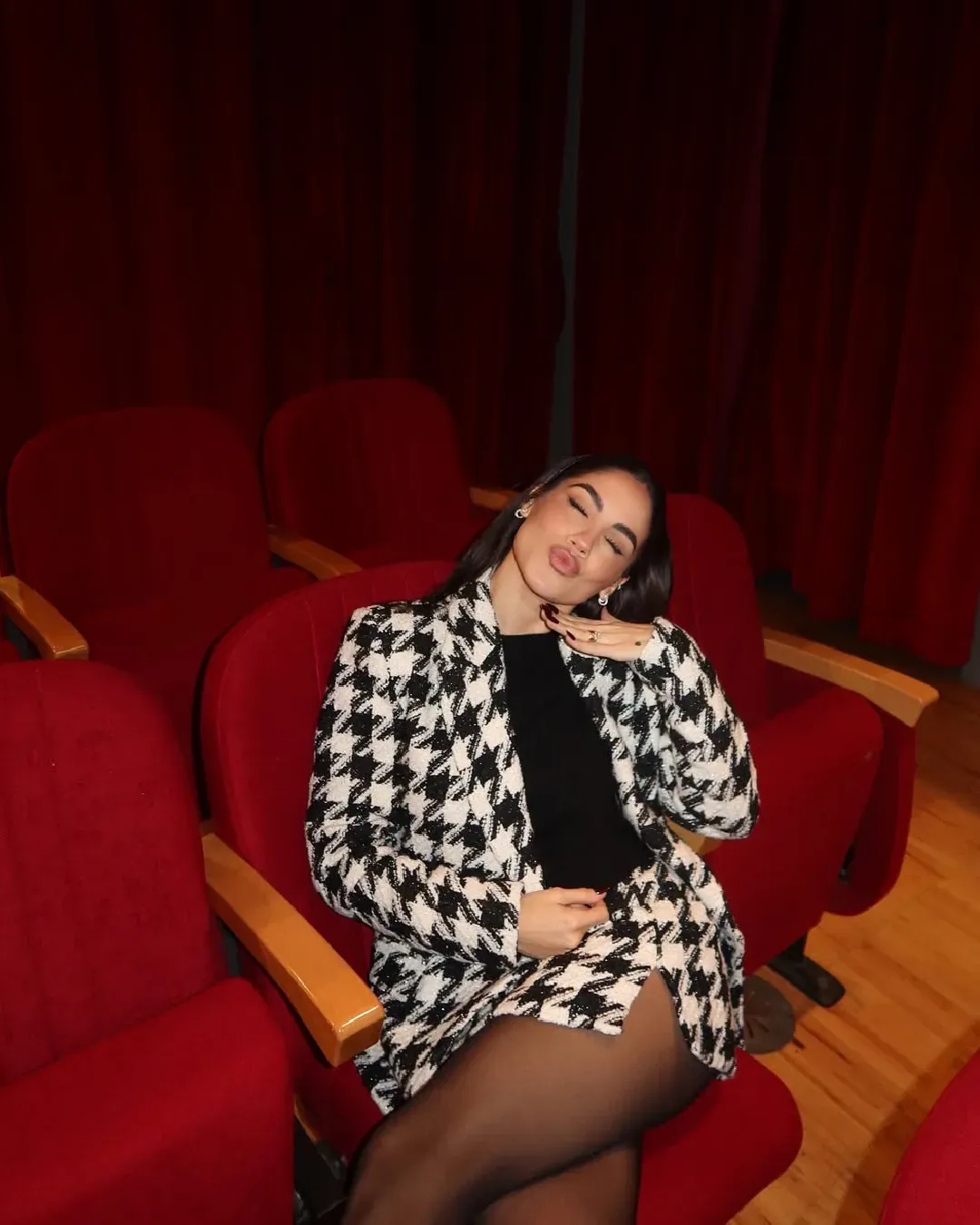
Who influences influencers? Each generation has the figures that define its tastes
The figure of the influencer enjoys a double status in today's world. On the one hand they are the new celebrities of the social era, but on the other hand they are often fashion mercenaries, in the payroll of any brand that is willing to give them gifts or pay them to wear their latest product. But to stay on the crest of the wave, they have to move quickly to adapt to the sudden change of trends and, to do so, they themselves must follow and imitate the right people, the pioneers who invent trends before they are magnified and transmitted by macro-influencers in a cascading effect that ends with the individual consumer. These pioneers are fashion insiders, cool kids buzzing around designers and ranging from different skills and interests. They are the influencers of influencers. These pioneers are all at the crossroads of media independence, control of their own public narrative, and personal following of fans obtained without ads or other tricks outside their own area of influence. It is therefore a narrow environment, located above the influencer bubble that dominates on other media but not more stable.
The expression "cultural pioneer" refers to all those public figures who, although not influencers, have the power to determine tastes and start trends that the rest of the world will end up following. In the past, before the explosion of social media, these figures were referred to as trendsetters, tastemakers or, better yet, fashion gatekeepers. If at one time these figures were buyers, publishers, stylists and photographers, all part of a sort of cultural elite that stood at the top of the hierarchy of the industry, today things have changed: with the so-called influencer economy whose turnover will rise between five and ten billion annually in the next two years, the barriers that previously prevented many from conquering the role of cultural pioneer have now been drastically democratized. However, this raises new problems. With the saturation of the influencer market, in fact, the presence of cultural pioneers in the midst of them is increasingly difficult to track and quantify.
Cultural pioneers are in fact located in a twilight area of pop culture, which could be called a collective pre-consciousness: that is, an imaginary threshold in which all those individuals who are about to enter the mainstream but are still formally out of it (what in English is called under the radar) and who are able to become cross-sectoral figures, straddling different fields - areas that previously orbited music and that now frequent fashion environments. The ability to organically create a community around themselves is fundamental for these figures, as is their ability to intercept the main socio-political trends that cross society (today's ones are diversity, inclusivity and climate change) and make them exponents.
The study by Lyst and Highsnobiety THE NEXT 20 aims, for example, to trace its identity with quarterly reports showing the continuous turnover to which their world is subjected. At the top of the most recent list, for example, are rappers Lil Durk and Burna Boy, social media star Josh Richards, memer Patia Borja, footballer Marcus Rashford and actress Michaela Coel. All figures who do not need the media support of brands, editorial newspapers or retailers: they are figures such as model and designer Alice Sofia; Dior's sneaker designer, Thibo Denis; designer Nicole McLaughlin or stylist Lotta Volkova. But to these figures should actually be added other entities that are not natural people but media platforms such as independent magazines that, even if lacking the same reach, possess the strength and possibility to experiment or instagram moodboards - whose success is evidenced by the enormous influence that, for example, JJJJound has shown to possess in recent years.
The tastemaker's power lies in their credibility and the originality of their content, not their fame or money – although these factors remain necessary. In the field of fashion this means possessing a combination of aesthetic taste, personal status, economic availability and networking. Their shopping habits, for example, are not related to the hype and perceived scarcity of a product but to their personal taste, unlike typical influencers, for example, do not need to unseaze this or that product, nor do they deal with advertising to anyone outside of themselves.
At this point, however, the main problem that characterizes this new scenario arises. The past gatekeepers' communities were closed, poorly multicultural and un democratic, but it was precisely this conservatism that made its key figures always remain the same, with the effect of creating a more lasting and homogeneous influence – today you can instead be a cultural pioneer for only one quarter, and therefore leave a mark that will be erased by the next tastemaker. In the case of Italy this turnover is even faster, given the role of cultural hub that Milan holds with its status as capital of Italian creatives - a role that the lockdown has not yet managed to wrest from the city.










































